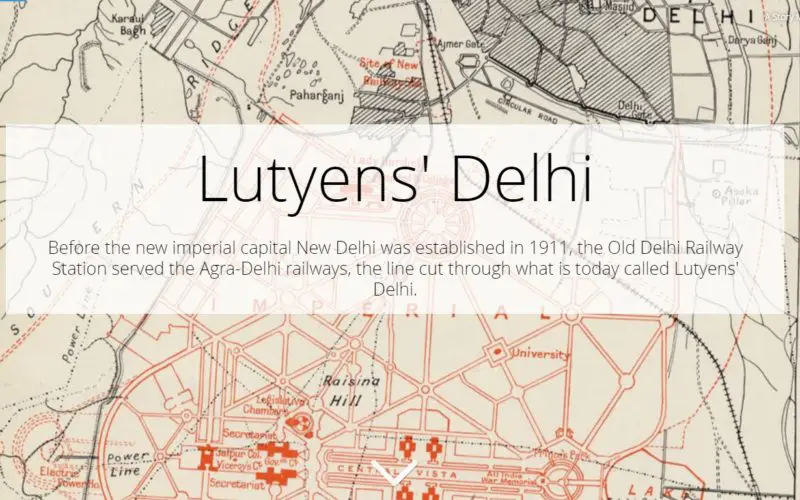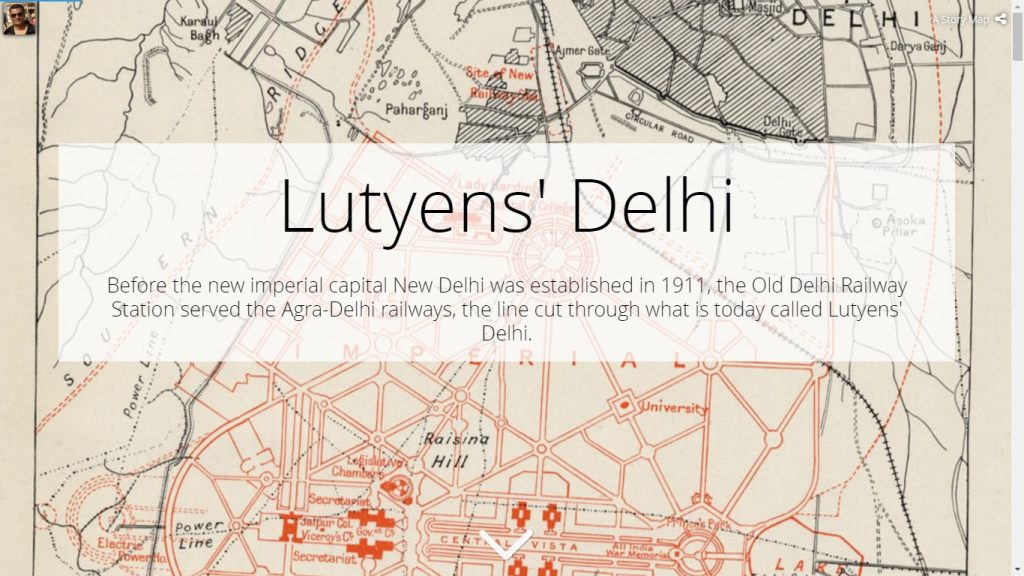Contributed By:-

Lutyens’ Delhi is an area in New Delhi, India, named after the British architect Edwin Lutyens (1869–1944), who was responsible for much of the architectural design and building when India was part of the British Empire in the 1912s and 1931s.
Today Delhi is one of the oldest surviving cities in the world. It is in fact, an amalgam of eight cities, each built in a different era on a different site – each era leaving its mark, and adding character to it – and each ruler leaving a personal layer of architectural identity.
From 1912 to 1931 British architects Sir Edwin Landseer Lutyens and Sir Herbert Baker were responsible for the construction of New Delhi as Britain’s new imperial capital of India. New Delhi‘s urban plan, with its emphasis on wide, straight roadways radiating like the spokes of a wheel from major imperial landmarks, was a direct expression of British control. But Lutyen’s design for the Viceroy’s House (1912-1931), though inspired by neoclassicism, also paid homage to Delhi’s Mughal architecture in its use of red and yellow sandstone, its dome, and in other details.
Lutyen’s plan for New Delhi, conceived and constructed between 1912 and 1931, characterized by formally laid out axial movement net-works, strongly articulated terminal vistas and a low-density, low-rise physical fabric, New Delhi was the prestigious capital of Britain’s Indian Empire, accommodating its governmental and other auxiliary functions.
Mr. Abhishek Sindal has created Story Map using Esri mapping technology to provide an overview of Lutyen’s Delhi.












